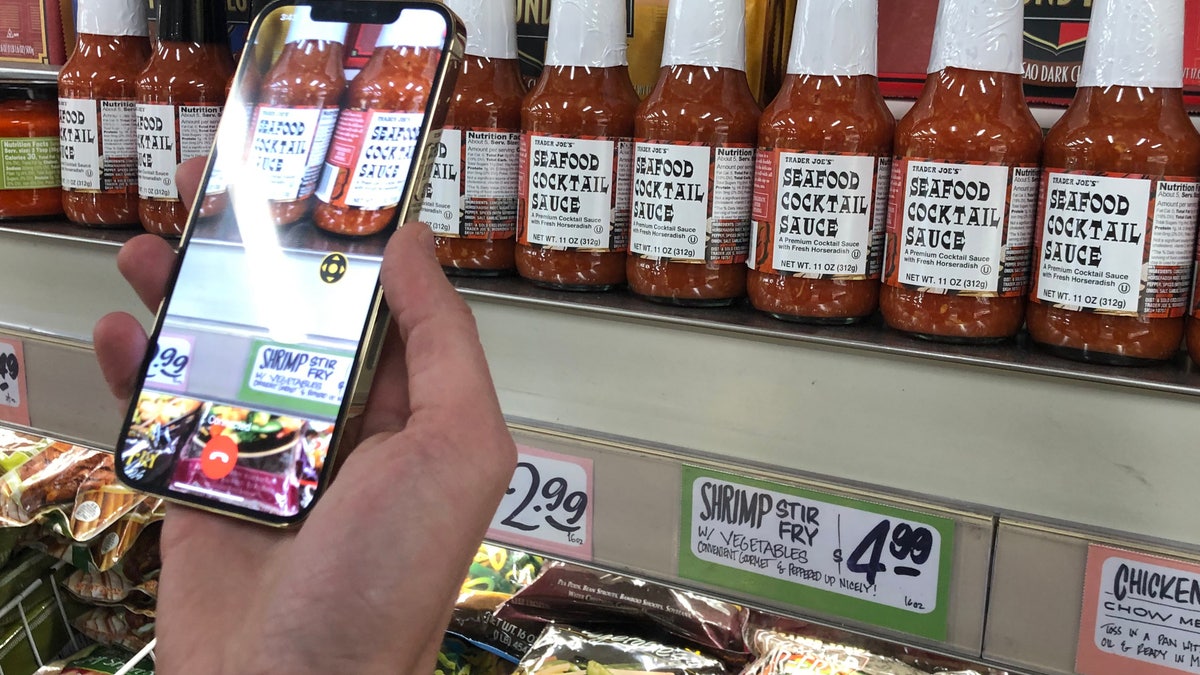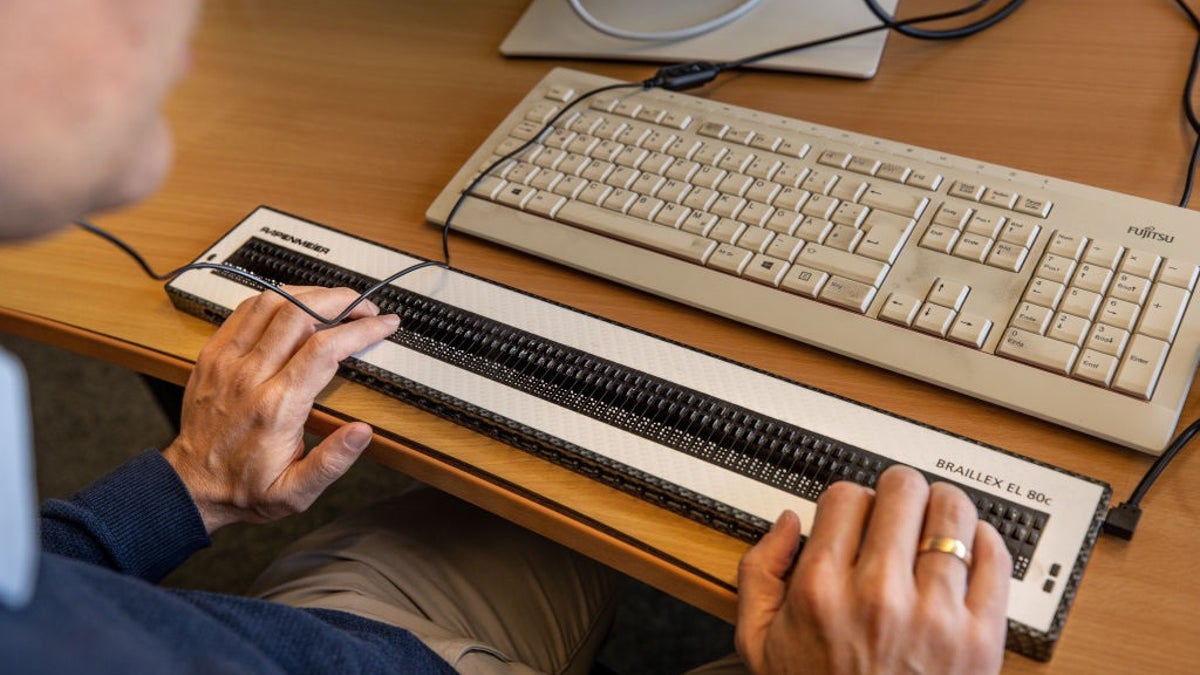Artificial intelligence (AI) is revolutionizing accessibility for the blind, offering new ways to navigate and interact with the world. While Braille remains essential, AI-powered tools are expanding access to information and enhancing independence.
Chris Danielsen, director of public relations for the National Federation of the Blind, emphasizes the potential of AI to improve quality of life. Apps like Be My Eyes, leveraging computer vision and ChatGPT-4, are already assisting with tasks like product identification and menu reading. The technology's potential extends to navigating unfamiliar environments, as demonstrated by Good Maps' indoor mapping software, which provides turn-by-turn directions based on visual recognition.

A customer uses the Be My Eyes app while shopping. (Dania Maxwell / Los Angeles Times via Getty Images)
Data privacy remains a concern, as these technologies often rely on mapping and visual data collection. Danielsen stresses the need to balance access with privacy protection. AI also enhances text-to-speech and screen reader capabilities, improving communication and information access.
While the focus is on enhancing accessibility, not restoring sight, AI-powered tools are transforming how blind individuals interact with their environment. Danielsen notes that correcting vision for someone who has never seen can be disorienting, highlighting the importance of information access over visual representation.

Scientists introduce artificial intelligence technologies. (Xu Qingyong / Costfoto / Future Publishing via Getty Images)
A significant challenge remains societal attitudes and low expectations for blind individuals. Danielsen emphasizes the importance of recognizing the capabilities and independence of blind people, advocating for a shift in perspective that acknowledges their full potential.

Blind jurist using a Braille keyboard. (Picture alliance via Getty Images)
The integration of AI is empowering the blind community, fostering greater independence and access to information, while also challenging societal perceptions and advocating for a more inclusive future.
Comments(0)
Top Comments